Summer temperatures across America continue to climb year after year. If you’re planning a move, vacation, or simply curious about extreme heat in the U.S., understanding which cities experience the most intense temperatures can help you prepare.
This guide examines the hottest cities in America based on average summer temperatures, record highs, and overall climate patterns. You’ll discover which metropolitan areas consistently rank among the most scorching destinations and what makes their climates so extreme.
Whether you’re considering relocating to a warm climate or want to avoid excessive heat, this comprehensive look at America’s hottest cities provides the essential information you need to make informed decisions.
Understanding Heat Measurements
When determining the hottest cities, meteorologists consider several key factors beyond simple temperature readings.
- Average summer temperatures provide the most reliable indicator of sustained heat. These figures represent typical daily highs during June, July, and August—the peak summer months in most U.S. regions.
- Heat index values combine air temperature with relative humidity to show how hot conditions actually feel to the human body. High humidity makes temperatures feel significantly hotter than the actual thermometer reading.
- Record high temperatures demonstrate the extreme heat potential in specific locations, though these represent unusual weather events rather than typical conditions.
- Number of days above specific thresholds (like 100°F or 110°F) shows how consistently hot a city remains throughout the year.
The Southwest Dominates America’s Heat Rankings
Phoenix, Arizona
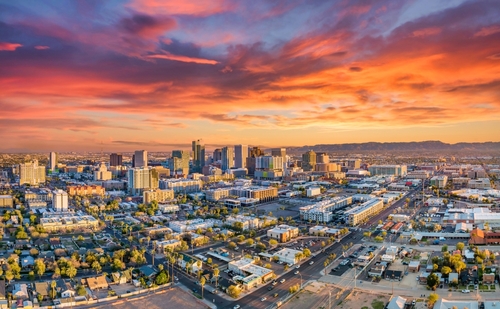
Phoenix consistently ranks as America’s hottest major city. Summer temperatures regularly exceed 110°F, with the city experiencing over 100 days above 100°F annually.
The desert climate creates intense dry heat with minimal cloud cover. Concrete and asphalt throughout the metropolitan area absorb and radiate additional heat, creating an urban heat island effect that pushes temperatures even higher.
Phoenix recorded its highest temperature of 122°F in June 1990, though summers routinely bring multiple days above 115°F.
Las Vegas, Nevada
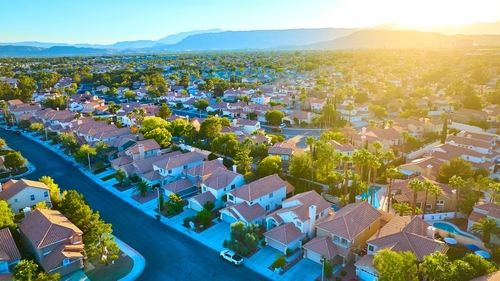
Las Vegas ranks second among America’s hottest cities, with summer averages reaching 104°F. The Mojave Desert location ensures minimal rainfall and abundant sunshine year-round.
The famous Las Vegas Strip experiences additional heating due to extensive concrete surfaces and large buildings that trap and reflect heat. Night temperatures often remain above 80°F during summer months.
Despite the extreme heat, Las Vegas attracts millions of visitors annually, with most indoor spaces maintaining comfortable air conditioning.
Tucson, Arizona
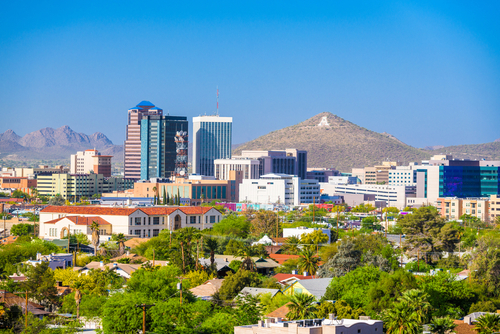
Tucson’s desert location produces scorching summer temperatures averaging 101°F. The city experiences slightly more rainfall than Phoenix, creating occasional humidity spikes that make conditions feel even hotter.
Surrounding mountain ranges trap hot air in the valley, preventing cooling breezes from providing relief. Summer monsoon seasons bring brief but intense thunderstorms that increase humidity levels.
California’s Desert Cities
Palm Springs, California
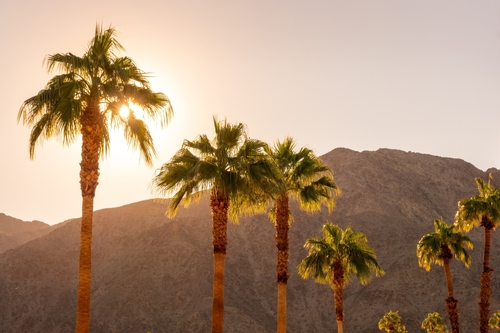
This desert resort city experiences average summer temperatures of 100°F, with many days reaching 110°F or higher. The Coachella Valley location creates a natural heat trap surrounded by mountains.
Palm Springs has recorded temperatures as high as 123°F, making it one of the hottest spots in California. The dry desert air allows temperatures to drop significantly at night, providing some relief from daytime heat.
Fresno, California
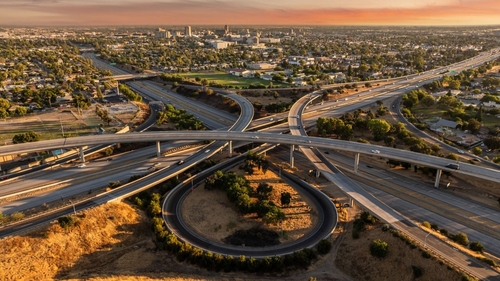
Fresno’s Central Valley location creates a continental climate with extremely hot, dry summers. Average July temperatures reach 98°F, with many days exceeding 100°F.
The flat valley geography prevents hot air from dissipating, while surrounding mountain ranges block cooling ocean breezes. Agricultural irrigation in the region adds humidity that increases the heat index.
Texas Heat Extremes
Dallas-Fort Worth, Texas
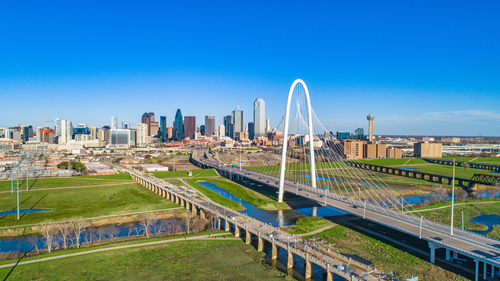
The Dallas-Fort Worth metropolitan area experiences average summer temperatures of 96°F, with frequent days above 100°F. High humidity levels from the Gulf of Mexico make conditions feel significantly hotter.
Urban development across the sprawling metroplex creates substantial heat island effects. Concrete surfaces and limited green space contribute to elevated temperatures compared to surrounding rural areas.
Austin, Texas
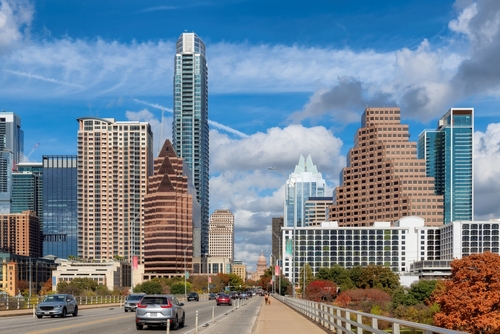
Austin’s location in central Texas produces hot, humid summers with average temperatures reaching 95°F. The combination of heat and moisture creates oppressive conditions during peak summer months.
Lake Travis and other nearby water bodies provide minimal cooling relief, as warm water temperatures add humidity rather than reducing air temperatures.
San Antonio, Texas
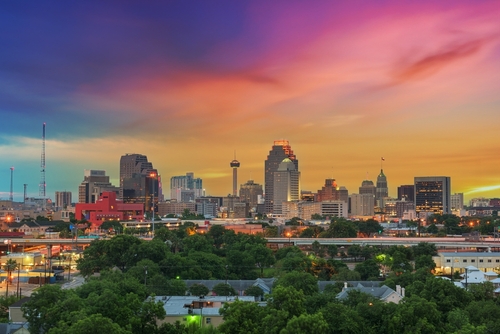
San Antonio experiences average summer temperatures of 94°F, though heat index values often exceed 105°F due to high humidity levels. The city’s location between desert and coastal regions creates unique climate challenges.
Historic downtown areas with narrow streets and older buildings can trap heat, creating localized hot spots throughout the metropolitan area.
Florida’s Humid Heat
Miami, Florida
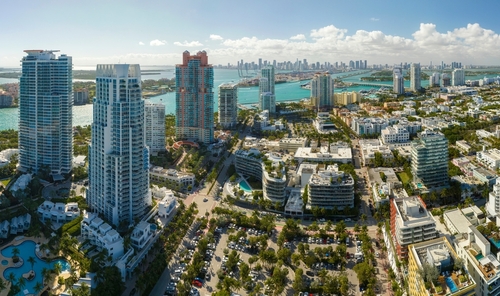
Miami’s tropical climate produces consistent heat year-round, with summer averages reaching 89°F. However, extreme humidity makes conditions feel much hotter, with heat index values regularly exceeding 100°F.
The combination of warm ocean water and minimal elevation change prevents significant temperature variation. Afternoon thunderstorms provide brief cooling but add substantial moisture to the air.
Tampa, Florida
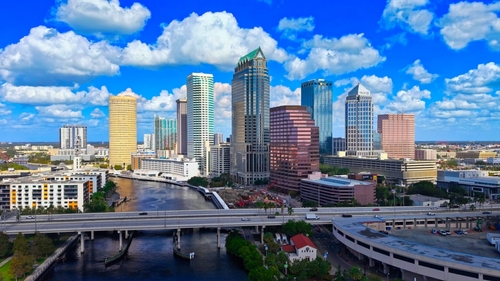
Tampa experiences similar conditions to Miami, with average summer temperatures of 90°F and oppressive humidity levels. The Gulf Coast location ensures warm water temperatures that maintain high atmospheric moisture.
Sea breezes provide minimal relief during the hottest part of the day, as the surrounding water remains warm throughout summer months.
Preparing for Extreme Heat
Living in or visiting America’s hottest cities requires specific preparation and awareness.
Hydration becomes critical in extreme heat conditions. Drink water regularly, even when you don’t feel thirsty. Avoid alcohol and caffeine, which can contribute to dehydration.
Timing outdoor activities for early morning or late evening hours helps avoid peak heat periods. Many desert cities remain comfortable for outdoor recreation during winter months.
Air conditioning costs represent a significant expense in the hottest cities. Budget for higher electricity bills during summer months, especially in desert locations where cooling systems run continuously.
Heat-related health risks increase substantially in temperatures above 100°F. Watch for signs of heat exhaustion, including dizziness, nausea, and excessive sweating.
Climate Change Impact on Urban Heat
Rising global temperatures are making America’s hottest cities even more extreme. Urban heat island effects amplify temperature increases, creating dangerous conditions for vulnerable populations. Many cities are implementing cooling strategies like increased tree planting, reflective building materials, and expanded air conditioning access in public spaces.
Heat emergency protocols now activate earlier and more frequently across the Southwest, with cooling centers opening to protect residents without adequate air conditioning.
Making Informed Location Decisions
Understanding extreme heat patterns helps you make better choices about where to live, work, or visit. Consider your heat tolerance, health conditions, and lifestyle preferences when evaluating these destinations. Many people successfully live in America’s hottest cities by adapting their daily routines and taking appropriate precautions. Others find the intense heat uncomfortable and prefer more moderate climates.
Research specific neighborhoods within hot cities, as microclimates can vary significantly based on elevation, vegetation, and urban development patterns. Your comfort and safety in extreme heat depend on preparation, awareness, and realistic expectations about temperature conditions throughout the year.
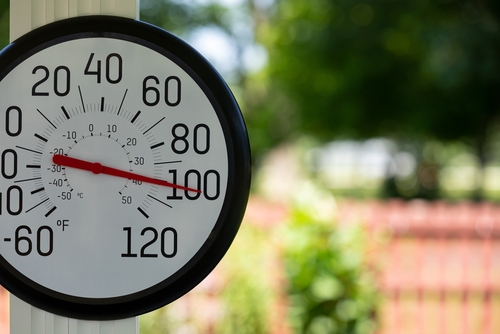
Are Temperate Cities a Safe Refuge from the Hottest Cities in the U.S.?
Temperate cities offer a unique refuge from the sweltering heat of the hottest cities in the U.S. With their mild climates, these urban areas draw residents seeking comfort and outdoor activities year-round. Exploring temperate city highlights reveals lush parks, vibrant cultural scenes, and a generally more pleasant living environment compared to their hotter counterparts.
Frequently Asked Questions
Which U.S. city has the highest recorded temperature?
Death Valley, California holds the world record at 134°F, though it’s not technically a city. Among major metropolitan areas, Phoenix, Arizona has recorded temperatures as high as 122°F.
How do humidity levels affect perceived temperature?
Humidity prevents sweat from evaporating effectively, making your body feel hotter than the actual air temperature. A 95°F day with high humidity can feel like 110°F or higher.
Are desert cities actually hotter than humid cities?
Desert cities typically have higher air temperatures, but humid cities can feel hotter due to the heat index. Both present different challenges for heat management and comfort.
When is the best time to visit America’s hottest cities?
Winter months (November through March) offer the most comfortable conditions in desert cities, with temperatures often ranging from 60-80°F. Avoid summer visits unless you’re prepared for extreme heat.
How much do cooling costs increase in the hottest cities?
Electricity bills can double or triple during summer months in desert cities, with some households spending $300-500 monthly on air conditioning during peak heat periods.